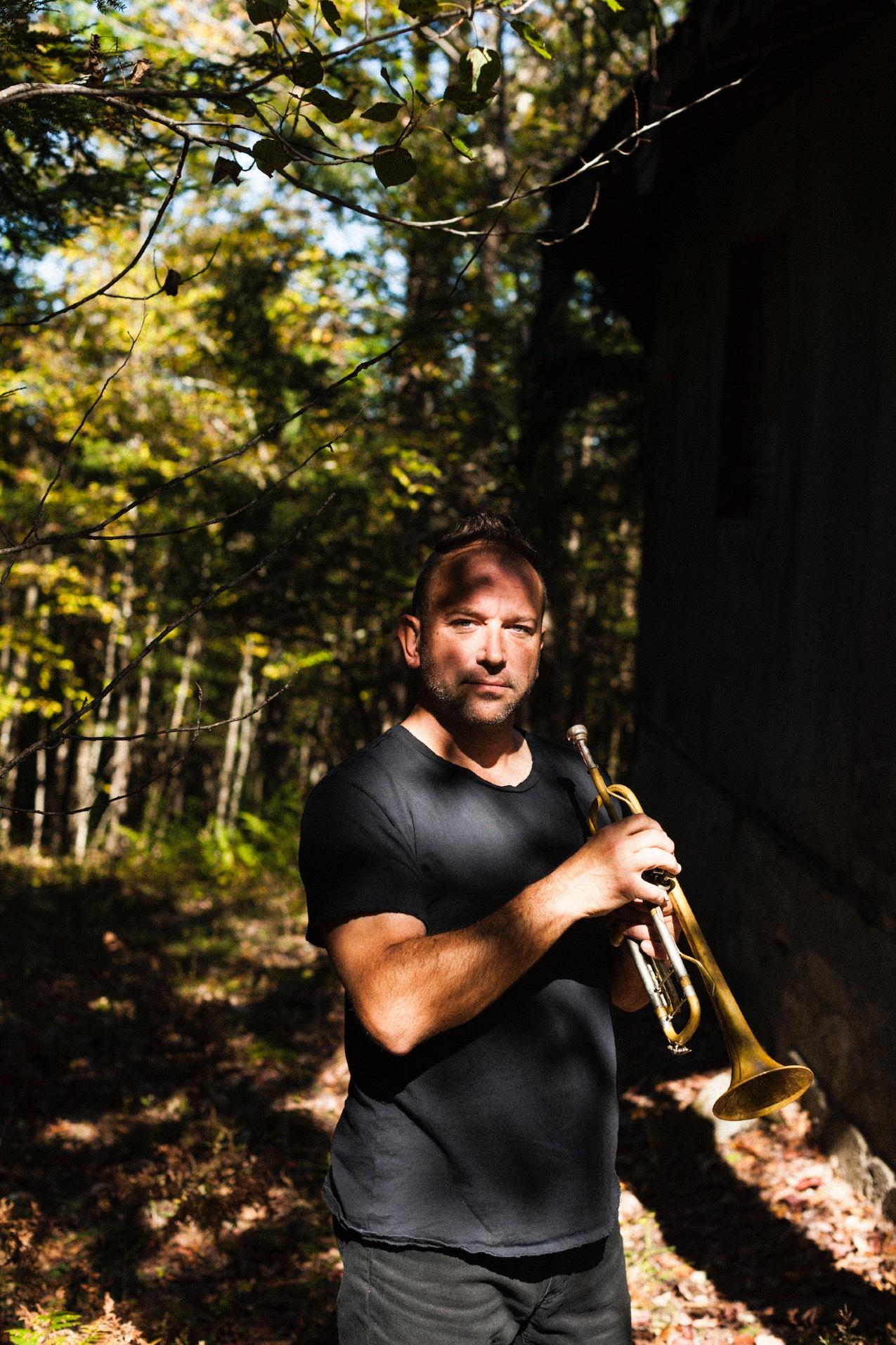
5 minute read
FRIDAYLECTURESERIES
from The Gardan Issue 01
by craigardan
FRIDAYLECTURESERIES ARRIVAL ON
HURRICANE MOUNTAIN
A Tale in Two Parts By Michele Drozd and TaraMarie Perri
Photograph of an artist-inresidence throwing off the hump by Ben Stechschulte

How We Arrived: Part 1
Clay is a material that talks back. Its birthplace, geologic lineage, handling, grit, and the mood of its handler all influence the conversation. The artist may coerce, nudge, beg, bargain, or sweet-talk clay into doing what they want - but clay often has its own agenda, hidden deep in its history, which will contribute to the message regardless of the handler’s best intentions. We must simply embrace the moment that emerges.
Clay is a global material. It can be found under the fingernails of every culture from the earliest beginnings of humankind to the most modern of modern makers. It is humble and luxurious. Malleable, yet defiant. It teaches as it learns. It is functional and sculptural and everything in between. It is love and hate, the best days and the worst. It is addiction and necessity.
Clay can be collaborative and inclusive, requiring large families or small towns to pitch in on its gathering and firing. Clay can be isolating, solitary, and meditative — offering process as art and art as life in the most monastic way. When young potters learn the science of clay and glazes, they learn chemistry, geology, and the history of earth itself. It is powerful stuff.
Craigardan was founded by potters on the western flank of Hurricane Mountain. As with most good tales, Craigardan has multiple points of origin. One dreamer laid an architectural foundation, one dreamer believed that art and food and farming are inseparable, one dreamer saw life in community-building. And so it goes.
In its first few years, Craigardan grew on the energy of the people it served. As is the case with most epic adventures, the young organization met conflict, had to leave its birth place, and thus set out into the world to find its true place.
Hurricane Mountain is a sentinel in the High Peaks region of the Adirondacks. It stands at the nexus of wilderness and environmental conservation; historic and current preservation efforts; mountain living and the resurgence of farming; and the survival of rural economies and small towns.
Just as we left the mountain, it drew us back home.
To the east, Hurricane Mountain watches over the lands traversed by the Abenaki and Mohawk people, later settled by ambitious homesteaders carving out their settlements within a vast wilderness. It is here, on the eastern flanks of Hurricane Mountain that Craigardan now stewards 320 acres of recently logged forest and overgrown fields, reimagining the land as a place-based residency program for artists and thinkers, potters and farmers. There is likely no clay to be dug on this land, but we’ve brought our own. Each artist, each writer, farmer, musician, scholar, and chef will come to the mountain, bring their materials, their heart and their grit to this place — for many years to come.
How We Will Arrive: Part 2
Humans have been going up into the mountains since the beginning of time. Wise people, hermits, seekers, artists, farmers, and adventurers alike have taken the trek. The allure of solitude, peaceful abiding in nature, expanding views, and discovery speak to the heart of their quests, often fueled by an intention to answer life’s greatest mysteries. Many ancient cultures – Egyptians, Incans, Mayans, Romans, Greeks, Native American Indians - have wise ones: the seers who held the secrets to the well-being and harmony of a place and a people. T h e w i s e o n e s o f t e n h a v e mountain stories or anecdotes of going up into the clouds. Upper world, heavens, sky mind, birdseye view are all aspirant metaphors for the place above us associated with attaining peace or wisdom or higher intelligence. practices through meditation. It is written that they also possessed acute control of their nervous systems by training and strengthening their senses to unlock deeper perceptions. Hence they cultivated a keen understanding of nature and the greater universe. Over many generations the rishi-scientists ascended into the laboratory of the Himalayan mountains. From above, the rishis studied humans, oceans, sun, moon, planets, stars, animals, herbs, plants, elemental properties, and seasonal cycles. Their observations over time compiled an understanding of the dynamic relationships between nature and the human body, what causes disease, and the potential for the elements and cycles of the natural world to heal us. The stories, parables, and tales t h a t s u r v i v e t h r o u g h o u t generations and translate across lands and cultures are few. The rishis are part of an ongoing history of wise ones, intentional communities, and fertile lands. This history is an invitation for the moment and a harmonizing principle for our future. Today we are still contemplating as we experience new challenges of humans living as part of the natural world. The tradition of going into nature for a hermitic or contemplative life is a choice extended to everyone. The upward trek now serves as rite of passage. The mountaintop is a peaceful refuge for residence and communing alone or with others in nature. The practices of awakening our senses, eating seasonally, making, and working on the land are reappearing as revolution and remedy to the challenges of technology and contemporary life.
Bear burr, rough wild growl in the hedge at the edge of the field patrolling the perimeter. Little bear burrowing in your den, deep excavations uncover sweetness but you’re not going anywhere without a fight. Paw at me, rough me up. scratched cheeks run through the field and the autumn sun fills the emptied-out blue sky. Your sleuth of sibling all menace with spikes, barbs, fangs, and claws, but you little bear bury your tiny nails in and hug, hang, hanker for some new home away from here before the winter crashes in. Mother’s soft underbelly, moist leaves and duff, rub your cheek into the ground and pray you make it until Spring. — Marco Wilkinson
The ancient culture of India celebrates the rishis. The term rishi derives from the Sanskrit root which means “to see”. The rishis were a soulful tribe, of sages and poets, who had mastered the highest forms of spiritual What if these practices are also a reconnection to the ancient human intelligence already living deep within our cells? Our nature is to quest and question, and the mountains continue to draw us back home.







